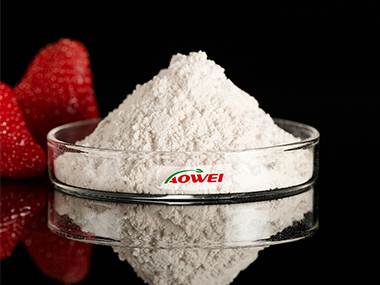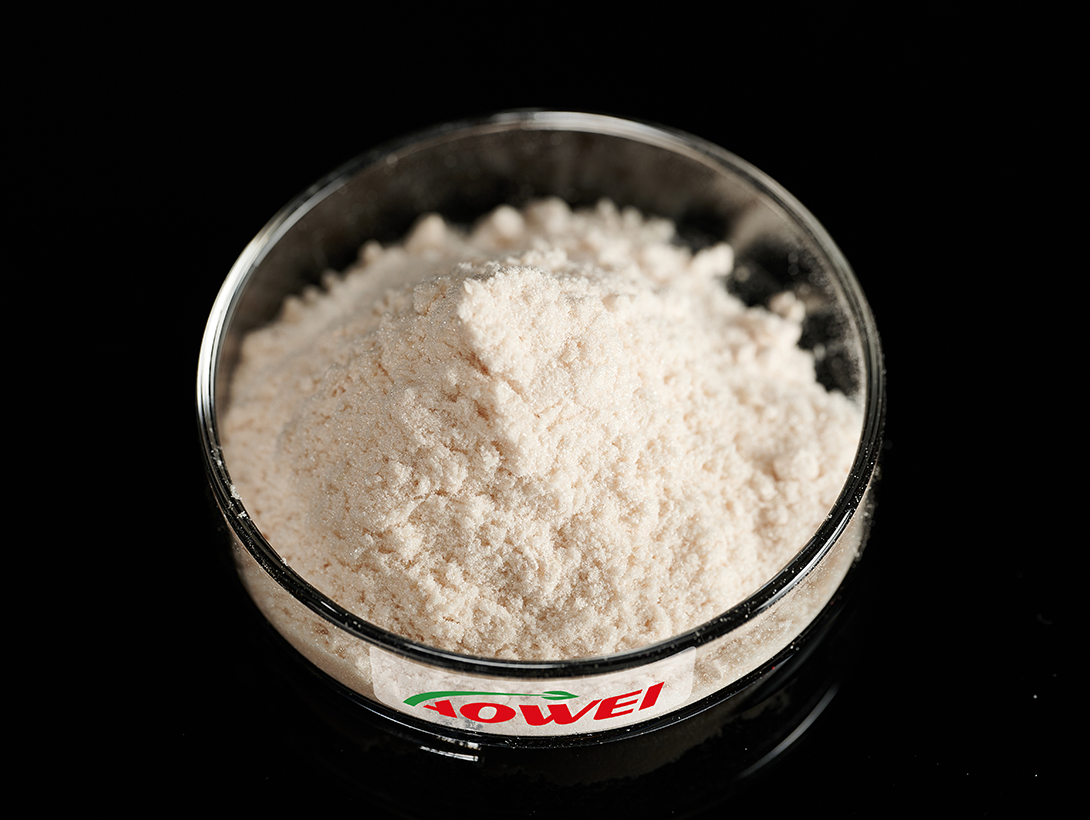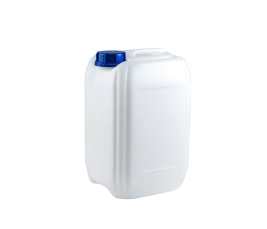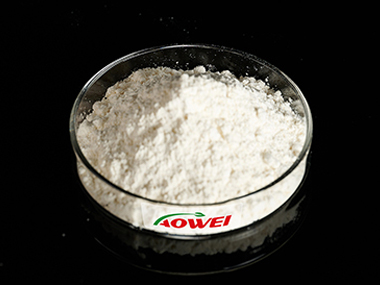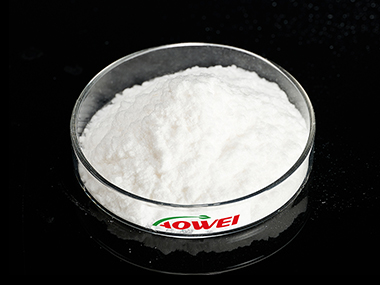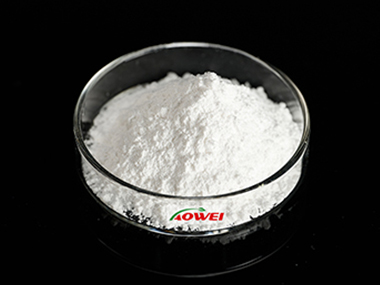Product Detail
Uniconazole pure product is a white crystalline solid. m.p.162~163℃, vapor pressure 8.9×10Pa(20℃), relative density 1.28. It is soluble in a variety of organic solvents such as acetone, methanol, ethyl acetate, chloroform and dimethylformamide, and is difficult to dissolve in water (8.41mg/L).
The original drug (content 85%) is a white or light yellow crystalline powder, m.p.159~160℃.
The original drug (content 85%) is a white or light yellow crystalline powder, m.p.159~160℃.
Uniconazole is a broad-spectrum, high-efficiency plant growth regulator with both bactericidal and herbicidal effects, and is a gibberellin synthesis inhibitor. It has the functions of controlling vegetative growth, inhibiting cell elongation, shortening internodes, dwarfing plants, promoting lateral bud growth and flower bud formation, and enhancing stress resistance. Its activity is 6-10 times higher than that of paclobutrazol, but its residue in the soil is only 1/10 of that of paclobutrazol, so it has little impact on subsequent crops.



